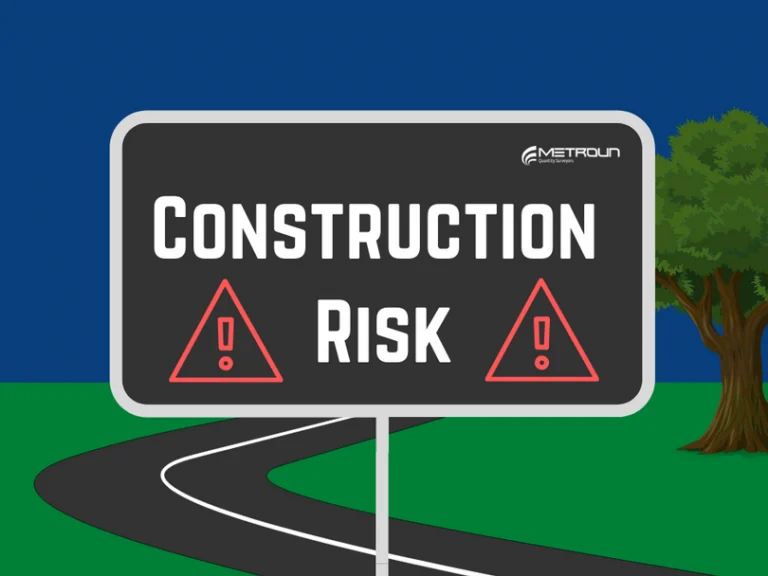There are three main areas which must be considered for effective risk management as defined by Jaafari and Anderson (1995), starting with risk identification to risk analysis and finally risk response. As you will see throughout this article, dealing with risks collaboratively and using the mechanisms built into more collaborative constructions contracts makes this process a great deal easier and straight forward.
Initially identifying the possible risks that may occur however, is of course extremelyproblematic in itself but a vital first step in risk management (Williams, 1995). The importance of such a task cannot be underestimated as a risk that is not identified cannot possibly be controlled, mitigated or managed (Bajaj, 1997). Despite the difficulties, there are mechanisms which allow this task to be controlled and completed successfully with a lot of the success hinging on the extent of collaboration between the parties involved. A way to achieve collaboration in the risk identification process is through a mechanism where the principle contractor involves the subcontractors early and also having input from the client in a procedure known as Early Contractor Involvement (ECI).
The next stage of managing risks effectively is ‘risk analysis’. Part of analysing risks effectivelyalso includes consideration of quantifying them and the potential frequency, time frames and magnitude of the individual risk events (Williams, 1995). Much of the construction world recognises (as has the newer standard forms of contract, NEC3, JCT/CE etc.) the importance of balancing effectively and fairly apportioning the allocation of risk between the employer and contractor. It is generally understood that balancing risks fairly has a better chance of leading to reasonable prices and fewer disputes (Lane, 2005). Apportioning and allocating risks in an effective manner therefore, plays a vital role in regards to promoting collaborative practices and ultimately achieving project cost savings.
The final stage of risk management is concerned with how the risks identified should be responded to. Again, the newer collaborative practices that are largely sought after by clients,desire the project team and different organisations who employ them, to share potential risks on a scheme accurately and promptly with the view to benefiting the overall construction project. This can be done through the Early Warning Notice process if using the NEC contract and regular progress meetings for example.
However, do not despair… RM does not always have to be doom and gloom! An area of RM which is very often overlooked in the literature and equally on projects is identifying the risks which may actually present opportunities. The work by Hillson (2002) suggests 4 responses which can beused when dealing with opportunities versus risks as the same responses are notnecessarily effective for dealing with opportunities. These responses are: exploit; share; enhance or ignore. Incidentally, if risk and consequently identification of opportunities are managed effectively it could actually lead to a competitive advantage for firms rather than always seeing risks to be negative and detrimental to the project.
The clear, close and intertwined relationship between collaboration and risk management andthe perceived advantages it can have on a scheme’s success, has led to many corners of the industry attempt to suggest different ways and techniques to improve collaboration and therefore by association risk management. Effectively managing risks could see the biggest impact on cost savings for most clients so rather than treating it as tick-box exercise it needs to be treated with the upmost respect!
Find out more on NEC contracts with our post on Collaboration – A significant shift in the construction industry
References
Bajaj, J. (1997). “Analysis of contractors’ approaches to risk identification in New South Wales, Australia”, Construction Management and Economics, Vol. 15.
Hillson, D. (2002). The risk breakdown structure (RBS) as an aid to effective risk management. Fifth European Project Management Conference Cannes, France.
Jaafari, A.C. and Anderson, J.J. (1995), “Risk assessment on development projects, the case oflost opportunities”, Australian Institute of Building Papers.
Lane, S.C. and Patrick, M.M. (2005). “The Apportionment of Risk in Construction Contracts”, Arbitration & ADR in the Construction Industry Dubai, Dubai International Arbitration Centre. Vol. 3.
Williams, P. (1995). “A regulation evaluation system: A decision support system for the buildingcode of Australia”, Construction Management and Economics, Vol. 13.





